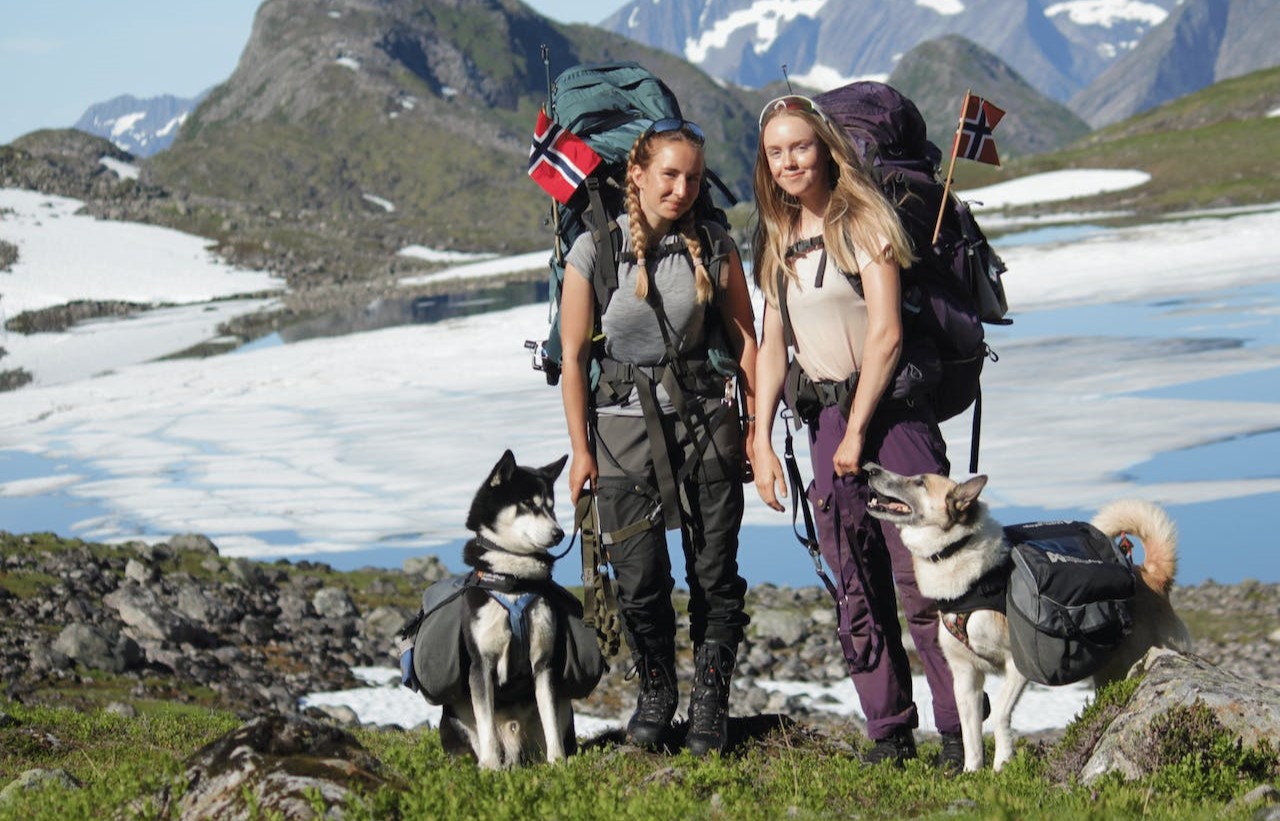Embarking on a hiking adventure with your furry companion can be a rewarding experience for both you and your four-legged friend. Hiking with dogs not only provides an opportunity for exercise but also strengthens the bond between you and your canine companion. However, a successful hiking trip with your dog requires careful planning and consideration. In this SEO-optimized article, we’ll explore essential tips to ensure a safe and enjoyable hiking experience for you and your beloved pup.
Understanding Your Dog’s Fitness Level
- Assess Breed and Age: Different dog breeds have varying levels of energy and endurance. Consider your dog’s breed and age when planning a hike. While some breeds excel at long treks, others may prefer shorter, more leisurely walks. Puppies and senior dogs may have different fitness needs, so tailor the hike to suit your dog’s capabilities.
- Gradual Conditioning: Just like humans, dogs benefit from gradual conditioning. If your dog is not used to hiking, start with shorter walks and progressively increase the distance. This allows your dog’s muscles and joints to adapt to the physical demands of hiking, reducing the risk of strain or injury.
Choosing Dog-Friendly Trails
- Check Trail Regulations: Before heading out, research and confirm that the chosen trail allows dogs. Some national parks and nature reserves have specific regulations regarding pets. Ensure that you comply with leash rules and any other guidelines to maintain a harmonious relationship with fellow hikers and preserve the environment.
- Consider Trail Terrain: Different trails offer varying levels of difficulty and terrain. Choose a trail that aligns with your dog’s abilities. Steep or rocky paths may be challenging for smaller or less agile dogs, while open, well-maintained trails are suitable for dogs of all sizes.
Essential Gear for Your Dog
- Comfortable Harness and Leash: Invest in a well-fitted harness and a sturdy leash. A harness provides better control and reduces strain on your dog’s neck. Choose a leash length that allows freedom of movement while ensuring your dog stays close and safe.
- Collapsible Water Bowl: Hydration is crucial for both you and your dog. Carry a collapsible water bowl and sufficient water for the hike. Regular water breaks are essential, especially on warm days, to prevent dehydration.
- Doggy Backpack: If your dog is accustomed to carrying a load, consider a doggy backpack to share the load of essentials like water, snacks, and waste bags. Ensure that the backpack fits comfortably and does not cause any discomfort.
- Protective Booties: Depending on the terrain, protective booties can shield your dog’s paws from rough surfaces, hot pavement, or sharp objects. It’s essential to acclimate your dog to wearing booties before the hike to ensure they are comfortable.
Safety First: Preparing for the Unexpected
- ID Tags and Microchipping: Accidents can happen, and dogs may sometimes get spooked or wander off. Ensure your dog wears a collar with an updated ID tag containing your contact information. Additionally, consider microchipping your dog for added security.
- Basic Training Commands: Before hitting the trail, make sure your dog responds to basic commands like “sit,” “stay,” and “come.” This training helps in controlling your dog and preventing potentially risky situations on the trail.
- First Aid Kit for Dogs: Pack a canine first aid kit that includes items like bandages, antiseptic wipes, and any necessary medications. Being prepared for minor injuries or ailments ensures you can address issues promptly.
- Know the Signs of Overexertion: Dogs can’t communicate when they’re tired or overheated, so it’s crucial to be observant. Watch for signs of exhaustion, excessive panting, or reluctance to continue. Take breaks and adjust your pace based on your dog’s comfort level.
Leave No Trace: Responsible Hiking with Dogs
- Pack Out Waste: Be a responsible pet owner by picking up after your dog. Pack waste bags and dispose of them properly. Leaving no trace helps maintain the natural beauty of the trail and ensures a positive experience for other hikers.
- Respect Wildlife and Other Hikers: Keep your dog on a leash to prevent them from chasing wildlife or approaching other hikers without permission. Not all people are comfortable around dogs, and wildlife encounters can be dangerous for both your dog and the animals.
- Avoid Sensitive Areas: Stay on designated trails to avoid disturbing fragile ecosystems or wildlife habitats. Some areas may have specific restrictions for dogs, so be mindful of any posted signs or guidelines.
Hiking Enjoyment for You and Your Dog
- Positive Reinforcement: Encourage positive behavior with treats and praise. This helps reinforce good behavior on the trail and creates a positive association with hiking for your dog.
- Snack Breaks: Pack dog-friendly snacks to reward your pup during breaks. This not only keeps your dog motivated but also provides the energy needed for the hike.
- Capture the Moment: Document your hiking adventures with your dog through photos and videos. These memories serve as a testament to the special bond you share and the exciting journeys you’ve undertaken together.
Cherishing the Trail with Your Canine Companion
Embarking on a hiking adventure with your dog is an enriching experience that fosters companionship and shared moments of joy. By understanding your dog’s fitness level, choosing suitable trails, and equipping yourself with the right gear, you can ensure a safe and enjoyable hike for both you and your furry friend. With proper preparation, responsible hiking practices, and a positive attitude, each trail becomes an adventure to cherish—a journey where paw prints and hiking boots leave lasting imprints on the scenic landscapes you explore together.




